Flanked by Germany to the west and the Soviet Union to the east, Poland was one of the biggest victims of World War II. The country was divided and annexed by their powerful neighbours while cultural hubs were systematically destroyed in an effort to wipe out traces of Polish identity.
Unfortunately, much of the historical landmarks in Poland today are not original, such was the destruction brought forth by the occupying Nazi forces. Warsaw, the capital, was almost completely razed to the ground by the Luftwaffe. Over 80% of the city was destroyed and had to be rebuilt in the mid-20th century.
When the war ended, Poland was in tatters. The Red Army had pushed the Nazis out, but this was the beginning of an era of Communist rule in the country. Living conditions were awful, many people left for Western Europe after the fall of Communism in 1989. Life isn’t always easier abroad, Poles are often the subject of discrimination due to their tendencies to take on more menial jobs.
Maciej, my host in Bialystok for a night returned after a decade in the UK, he told me he doesn’t need a high paying job in Poland anymore. Owning real estate and working a medium-wage job (for Polish standards,) he seems set for the rest of his life. The country has developed a lot and that is no small feat for a population of almost 40 million with such a heavy past. I was very impressed by the big cities like Warsaw, Krakow and Wroclaw, the streets were clean, public transportation was excellent. It is a country that has bounced back and not looked back.
Warsaw- The Modern Capital
I effectively started my tour of Poland in its capital, Warsaw. I could not imagine how the city would have looked after the Nazis left . How could this traditional, sunny, uplifting major capital city been a pile of rubble and dead bodies just over 70 years ago?


Krakow- The Ancient Capital
Krakow was capital of Poland until 1596. It is one of the cities left unscathed from Nazi occupation because the Germans thought it was an “ancient German City.” Instead of destroying it, they segregated it and attempted to Germanize the city. The infamous Krakow Ghetto was formed, citizens of Jewish ancestry were forcibly moved there, followed by Poles and Roma before being transported to Auschwitz Concentration Camp or Plaszow.
If you watched Steven Spielberg’s “Schindler’s List,” you will notice many familiar buildings and places in the Jewish Quarter because many scenes were shot here. In fact, Oskar Schindler’s factory is still here, now serving as The Historical Museum of the City of Krakow, dedicated to the period surrounding WWII.


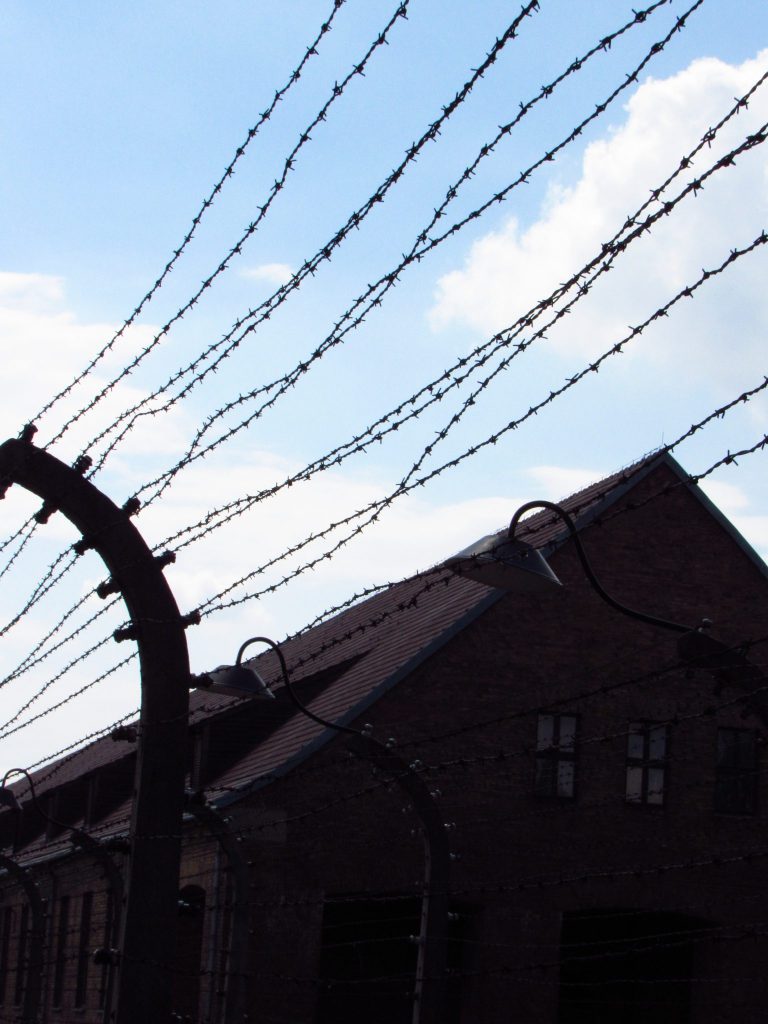
The Tri-City Region
The most visited area in the north of Poland is probably the tri-city area with the three cities being Gdansk, Gdynia and Sopot. This is a coastal area and is a little more different from Warsaw and Krakow. The unusually hot summer of 2018 made for some interesting sightings. Despite that, Gdansk is probably the prettiest city out of all I visited in Poland.

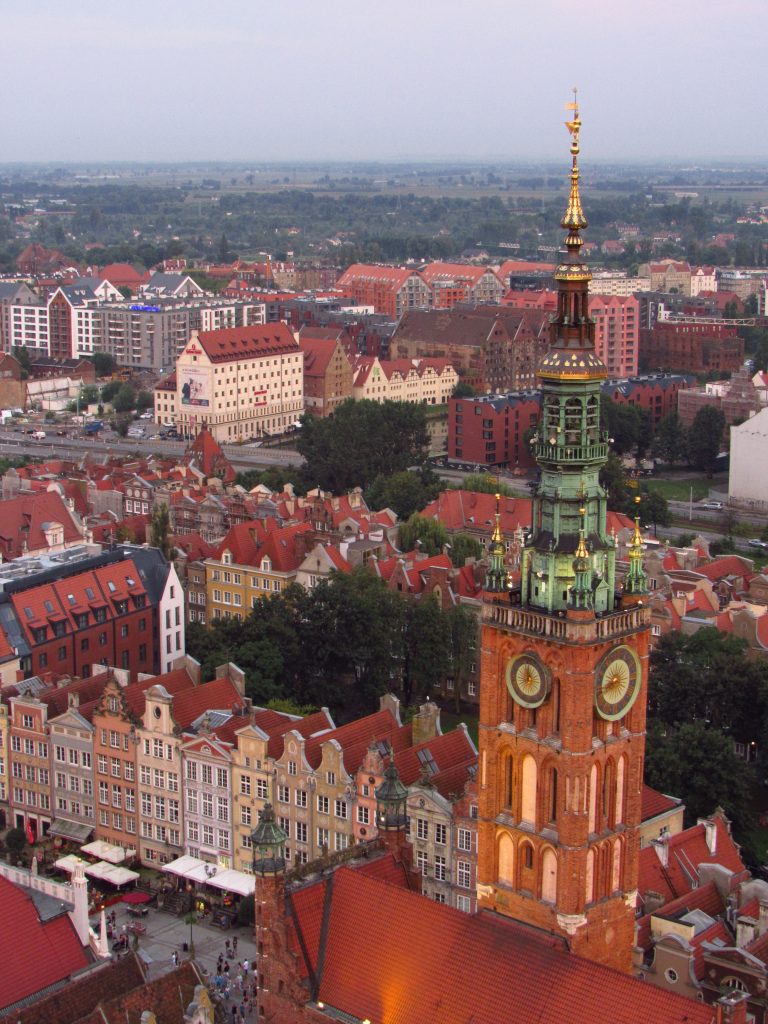
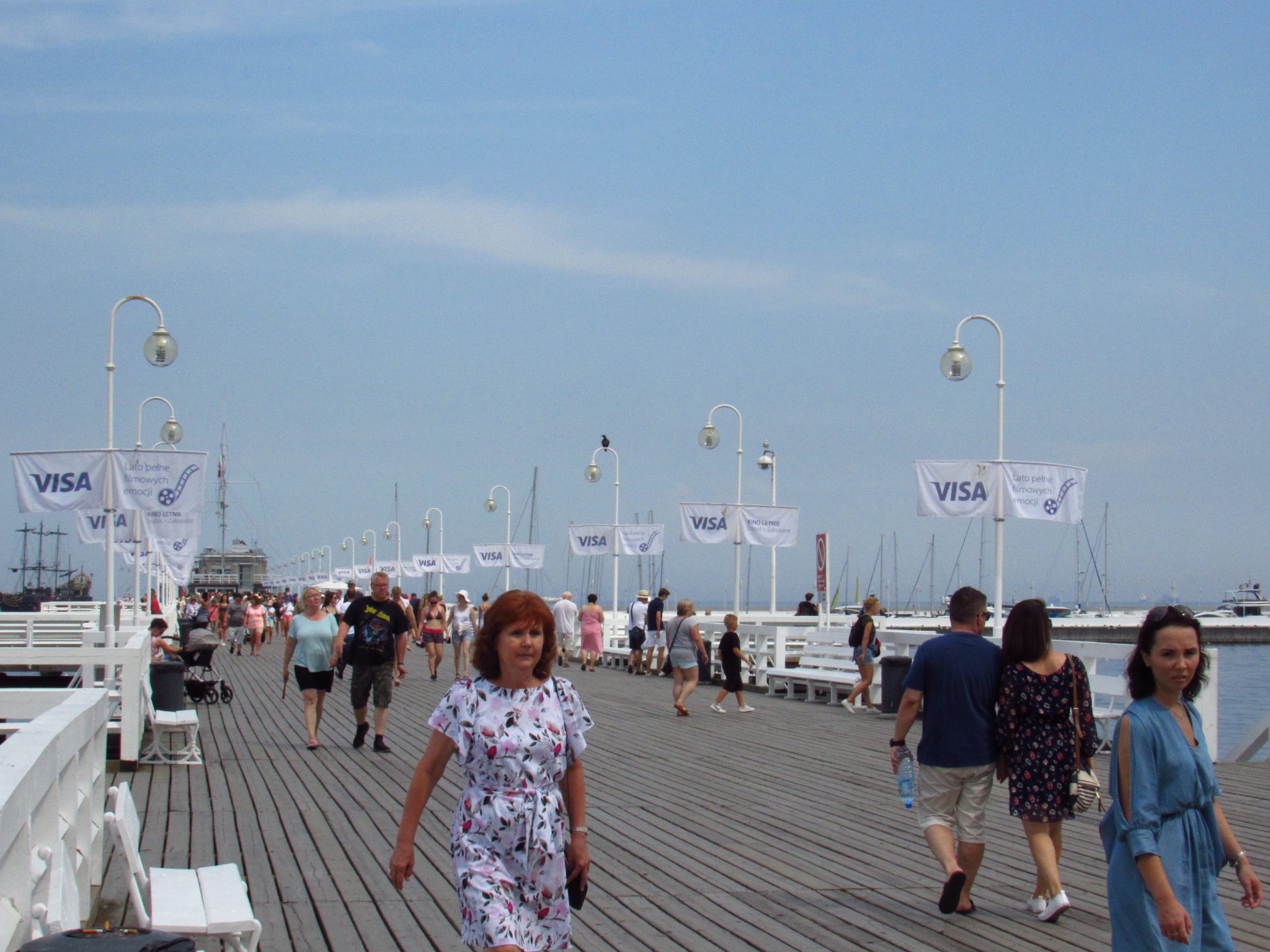
Lublin, Wroclaw and Poznan
Getting around Poland was very easy despite its size, (thank you Flix Bus.) I was very lucky to see more of the country. Believe me, this is a country you want to spend more time in, there is so much to unveil, from learning how to pronounce “Wroclaw,” to trying the St. Martin’s Croissant in Poznan, a recipe protected by the European Union.


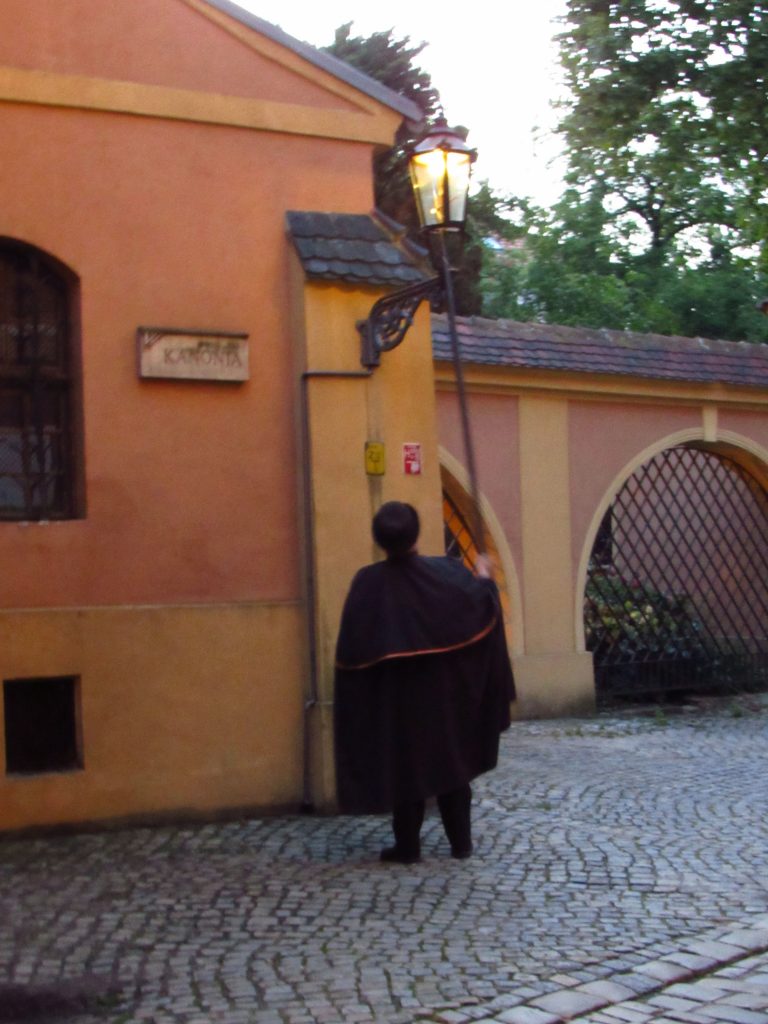
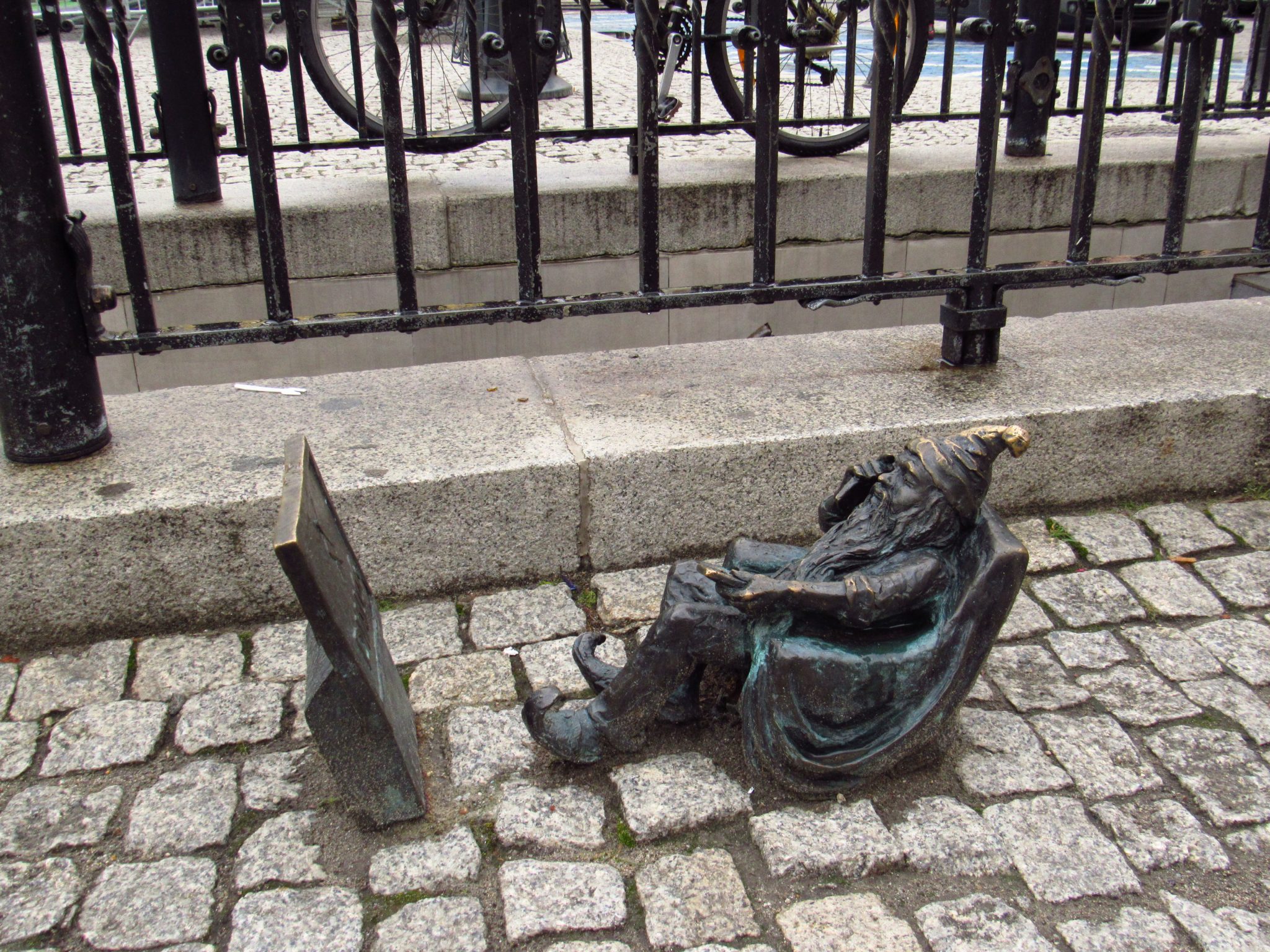

Every midday, two mechanical goats on top of the Poznan town hall clock will come out cuckoo style and do battle. This unique event attracts huge crowds especially grandparents and children. I watched on as I tried the St. Martin’s croissant exclusive to this very city because the recipe is protected by the EU. This means the baking of this pastry needs to follow the exact recipe with no exceptions. The croissant is made up of 81 layers consisting of white poppy seeds, raisins, orange peel, walnuts, biscuit crumbs, eggs and almond flavouring. For me it tasted a little sweet, but the feeling of having tasted food protected by the EU is priceless. My apologies for not having images for both these amazing things!
All in All, Visit Poland
There’s something for everyone. Pierogis, Kielbasa and Polish Sausages for the foodies, a glut of history (both tragic and triumphant) for the scholars, pristine coastal areas for the beach bums, and well-developed cities for the city slickers.
It is simply amazing how this nation rose from the ashes of war and then emerge from an oppressive regime as one of the most developed country in an unfancied region of Europe. The Poles are nothing if not resilient, see for yourself.

0 comments